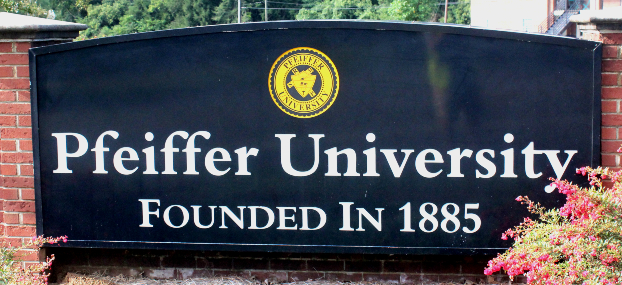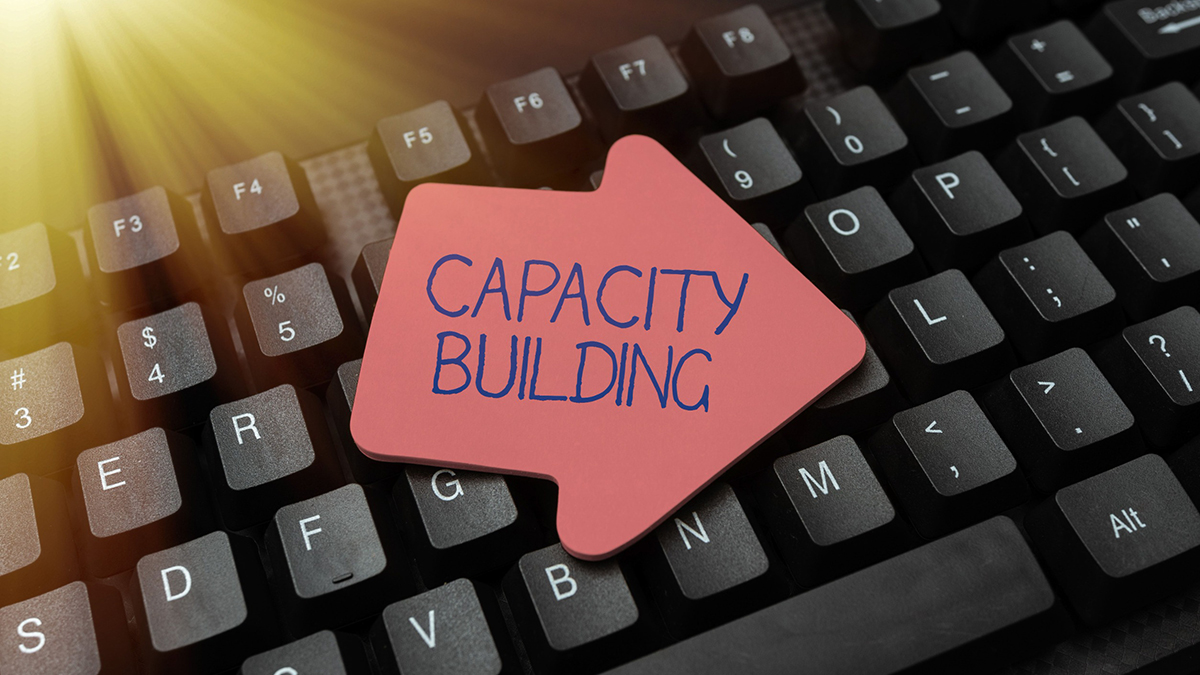Letter to FCC on collection and release of EEO-1 data

View the PDF of the letter here.
Subject: MB File No. 19-177; MB File No. 98-204
Dear President Rosenworcel:
On behalf of The Leadership Conference on Civil and Human Rights, a coalition charged by its diverse membership of more than 230 national organizations to promote and protect the civil rights of all people in the United States, and its Media Task Force /telecommunications, we are writing to support the additional comments of civil and labor rights advocates in the aforementioned proceedings.[1]
The recent Leadership Conference report, “Information Nation: The Need for Improved Federal Civil Rights Data Collection,highlights the importance of data collection to address issues created by structural racism, inequality and other injustices.[2] Without complete, accurate and disaggregated data, it is impossible to develop a full understanding of the situation of the communities we represent.[3] As the report concludes, while better data collection will not solve the challenges created by systemic racism and historic levels of inequality, it is a necessary first step.[4]
The comments in the filing, including those previously filed by The Leadership Conference, reflect a broad consensus within the civil and human rights community that the Federal Communications Commission (FCC) must once again be a leader in fair employment obligations.[5] It starts with the collection and publication of EEO-1 data by broadcasters, cable operators and other distributors of multi-channel video programming and ensuring that this data is made public through an easy-to-use portal that can also be used to aggregate data on state-by-state and regional bases and by other factors, such as various demographic categories.[6]
Collecting this data would be consistent with both the FCC’s Equity Action Plan and the core goals of the Biden/Harris Equity Agenda.[7] This would also be consistent with the practices of other agencies within the federal government and recent developments in the private sector. Investors petitioned the Securities and Exchange Commission to require disclosure of EEO-1 data,[8] and many private sector employers recognize the need to collect demographic data about their workforce in order to make progress towards equitable employment goals.[9]
Today, we are faced with a historically small amount of available demographic data on the information profession, and even surveys capable of gathering a stronger sample are unable to paint a full picture of the state of the diversity of newsrooms.[10] While broadband providers have in some cases supported greater transparency for EEO-1 data[11] and the industry has produced reports on itself,[12] the responsibility for ensuring that industry, the public and the federal government have a full understanding of diversity in the communications industry rests with the FCC.
Mandatory data collection would benefit government, industry and civil society. The FCC may use EEO-1 data to advance the commission’s fairness action plan,[13] and this data would enable the information and communications industry to better understand and target their diversity and inclusion efforts and would also enable the public to hold these companies accountable.
Thank you for considering our views. We look forward to working with you on this and other important issues for our country. If you have any questions about the issues raised in this letter, please contact Cheryl Leanza, Co-Chair of the Media and Telecommunications Task Force, United Church of Christ Media Justice Ministry, at [email protected]; Yosef Getachew, Media & Democracy Program Director, Common Cause, at [email protected]; or Anita Banerji, Senior Program Director, Media and Technology, The Leadership Conference, at [email protected].
Sincerely,
The Leaders’ Conference on Civil and Human Rights
American Civil Liberties Union
Asian Americans Advance Justice – ACCA
Black Women’s Roundtable
Common cause
Communications Workers of America
JACL
Muslim defenders
National Coalition on Black Civic Participation
National Consumer Law Center
National Council of Asian Pacific Americans (NCAPA)
National Education Association (NEA)
National Labor Law Project
National Fair Housing Alliance
National Urban League
SEIU
Sikh American Legal Defense and Education Fund (SALDEF)
Strategic Organization Center
[1] See Asian American Comments for the Advancement of Justice – ACCA, Black Women’s Roundtable, Common Cause, Communications Workers of America, Hispanic Federation, National Coalition on Black Civic Participation, National Urban League, Union Service Employees International, Center for Strategic Organization, United Church of Christ Media Justice Ministry and Multicultural Media, Telecommunications and Internet Council, Review of EEO Compliance and Enforcement in the Media Industries broadcast and multi-channel video programming, MB Docket 19-177; Review of the Commission’s Equal Employment Opportunity Rules and Policies in Broadcasting and Cable, MB Docket 98-204 (August 10, 2022) (“Civil Rights and Labor Advocates Comments”) .
[2] Leaders Conference on Civil and Human Rights, Information Nation: The Need for Improved Federal Civil Rights Data Collection at 5 (April 2022), https://civilrights.org/resource/information-nation-the-need-for-improved -collection-of-data-on-federal-civil-rights/ (“Information Nation”).
[3] Identifier.
[4] Identifier. at 34 years old.
[5] The Federal Communications Commission originally adopted the EEO rules in 1969, in part in response to the Kerner Commission report and a 1967 petition from the United Church of Christ. American Civil Rights Commission, Window dressing on set: women and minorities on television at 74-75 (August 1977), available at https://www2.law.umaryland.edu/marshall/usccr/documents/cr12t23.pdf.
[6] Comments from civil and labor rights advocates at 2.
[7] Federal Communications Commission, Equity Action Plan, https://docs.fcc.gov/public/attachments/DOC-382389A1.docx; Executive Order 13985, Advance racial equity and support for underserved communities through the federal governmenthttps://www.whitehouse.gov/briefing-room/presidential-actions/2021/01/20/executive-orderadvancing-racial-equity-and-support-for-underserved-communities-through-the-federalgovernment/.
[8] For example, Investor Letter to SEC Chairman Gensler (November 18, 2021), https://www.bostontrustwalden.com/wp-content/uploads/2021/11/Investor-Signatory-Letter-tothe-SEC-Requesting- Mandatory-EEO-1-Disclosure_Nov-2021.pdf.
[9] Lauren Romansky, Mia Garrod, Katie Brown, and Kartik Deo, “How to Measure Inclusion in the Workplace,” Harvard Business Review, May 27, 2021, https://hbr.org/2021/05/how-to-measure-l’ inclusion-in-the-workplace.
[10] Comments from civil and labor rights advocates on pages 15-16.
[11] Notably, AT&T, Comcast, Verizon, and Lumen all voluntarily release their EEO-1 forms.
[12] Comments from civil and labor rights advocates on pages 15-16.
[13] Federal Communications Commission, Equity Action Plan, https://docs.fcc.gov/public/attachments/DOC-382389A1.docx.
!function(f,b,e,v,n,t,s) {if(f.fbq)return;n=f.fbq=function(){n.callMethod ? n.callMethod.apply(n,arguments):n.queue.push(arguments)}; if(!f._fbq)f._fbq=n;n.push=n;n.loaded=!0;n.version=’2.0′; n.tail=[];t=b.createElement(e);t.async=!0; t.src=v;s=b.getElementsByTagName(e)[0]; s.parentNode.insertBefore(t,s)}(window, document,’script’, ‘https://connect.facebook.net/en_US/fbevents.js’); fbq(‘init’, ‘301201127601937’); fbq(‘track’, ‘Civil Rights Submit Button_Form Submit_2022_FB’);






